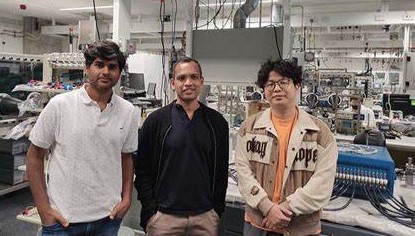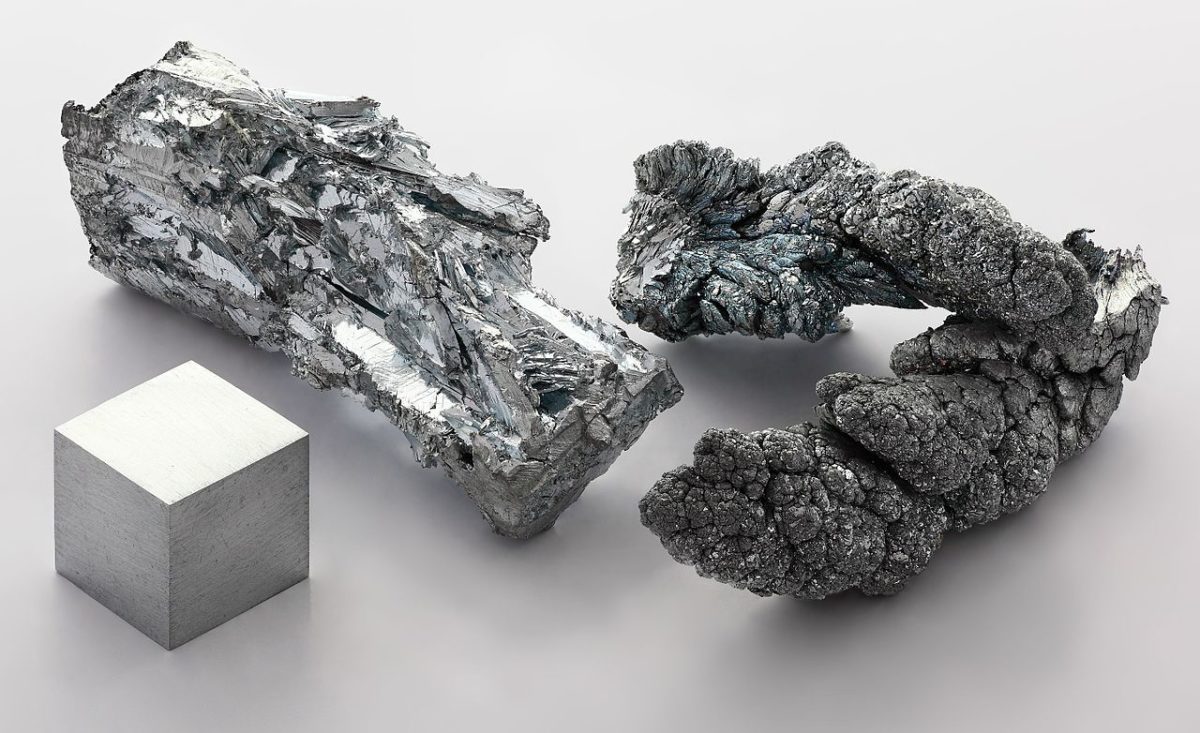Aqueous zinc batteries (AZBs) have emerged as one of the alternatives to lithium-ion battery technology that now dominating the renewable and stationary energy storage market. However, the development of the technology faces major challenges due to chemical corrosion, which severely limits the ability of such batteries to recharge.
The benefits of AZB chemistry are attributable to the energy-dense zinc metal anode and aqueous salt solution electrolytes. But their incompatibility, which results in chemical corrosion of the anode, effectively reduces the cycle life of the battery cell.
A team of researchers from the UNSW School of Chemical Engineering say they have developed a solution that addresses the corrosion issue, improving the battery life span by five to 20 times, the equivalent of pushing the lifetime from a few months to more than three years.
Researchers Yuan Shang, Dr. Priyank Kumar, and Dr. Dipan Kundu said they spent three years working on the solution, which involved adding small concentrations of organic compounds to the battery electrolyte.
The researchers have now revealed that adding a 1% concentration of 1,2 butanediol to the electrolyte addresses the corrosion issue and effectively reduces the dendritic zinc deposits that otherwise short-circuit the battery cell.
The outcome of their work, recently published in Advanced Materials, is a five to 20 times improvement in the battery cycle life under conditions suitable for beyond-lab-scale development.
Popular content
The research team said the solution preserves the aqueous nature of the electrolyte, maintaining cost and safety benefits of AZB technology and the results are approaching that of competing lithium-ion batteries.
Kundu said AZB technology could provide “a cost-effective and reliable storage option for industries like mining, construction, and telecommunications.”
The UNSW has estimated that a fully developed technology would cost consumers around one-third to one-fourth the price of the present-day lithium-ion systems.
“The AZB technology can be implemented as energy storage systems at various scales, from small-scale residential/commercial and medium-scale community storage units to large-scale grid-level installations,” said Kundu.
The UNSW team said it is continuing to work on developing the technology with an eye on developing battery cell prototypes and is seeking funding to develop a spinoff focused on commercial development.

This content is protected by copyright and may not be reused. If you want to cooperate with us and would like to reuse some of our content, please contact: editors@pv-magazine.com.


1 comment
By submitting this form you agree to pv magazine using your data for the purposes of publishing your comment.
Your personal data will only be disclosed or otherwise transmitted to third parties for the purposes of spam filtering or if this is necessary for technical maintenance of the website. Any other transfer to third parties will not take place unless this is justified on the basis of applicable data protection regulations or if pv magazine is legally obliged to do so.
You may revoke this consent at any time with effect for the future, in which case your personal data will be deleted immediately. Otherwise, your data will be deleted if pv magazine has processed your request or the purpose of data storage is fulfilled.
Further information on data privacy can be found in our Data Protection Policy.